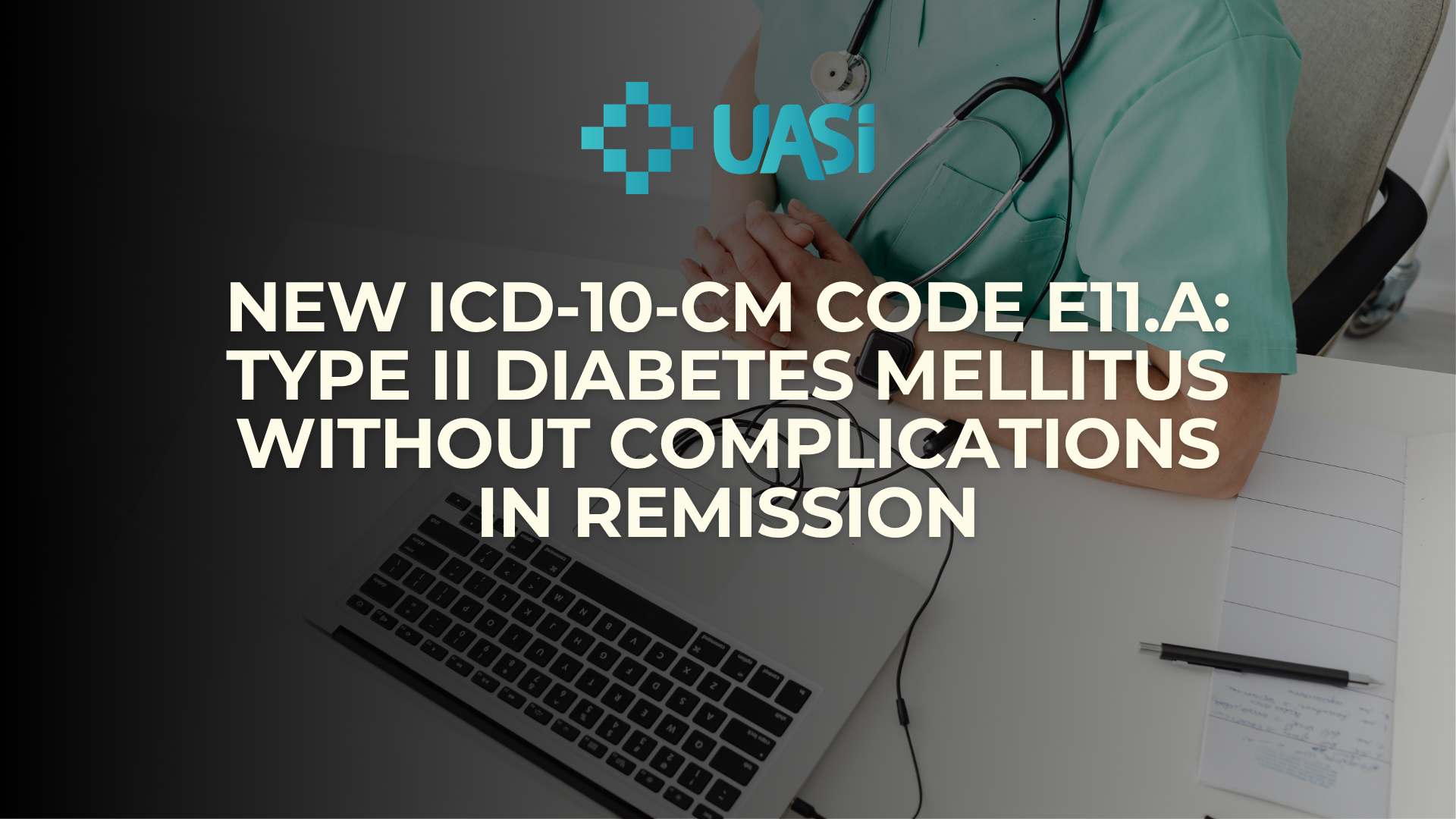Over the last 24 hours, a wave of federal healthcare announcements has been released—many with meaningful implications for hospitals, laboratories, and Medicare beneficiaries. From rising premiums to accreditation renewals and administrative rule-making, the updates collectively signal a 2026 landscape marked by higher patient cost-sharing and continued regulatory complexity for providers. Below is a concise breakdown of each notice and its financial impact across the industry.
CMS renewed a computer-matching program used to compare federal and state data for the purpose of validating eligibility, detecting inaccurate information, and reducing improper payments in benefit programs. These matching agreements are a major enforcement tool in federal oversight efforts.
Impact on consumers:
While there is no direct cost implication, beneficiaries may experience tighter verification processes or more frequent documentation requests.
Impact on hospitals:
Providers could see increased administrative follow-up for eligibility confirmations and potentially more audit-related interactions if discrepancies are flagged.
CMS officially re-approved The Joint Commission (TJC) to serve as an accrediting authority for hospitals participating in Medicare. Accreditation is an essential requirement for hospitals to receive Medicare reimbursement, so this renewal assures continuity for thousands of facilities nationwide.
Impact on consumers:
Maintains consistent quality and safety oversight across accredited hospitals, ensuring reliable access to compliant facilities.
Impact on hospitals:
Eliminates the risk of program disruption and helps hospitals continue receiving Medicare payments without needing to modify their accreditation pathway.
CMS renewed the authority of the Commission on Office Laboratory Accreditation (COLA) to accredit laboratories under the Clinical Laboratory Improvement Amendments (CLIA). This ensures laboratories accredited by COLA can continue to operate and bill Medicare for diagnostic testing.
Impact on consumers:
Helps ensure stable access to high-quality lab testing and prevents service interruptions.
Impact on hospitals and labs:
Accreditation continuity reduces operational uncertainty and supports consistent reimbursement for diagnostic services.
CMS announced that Medicare Part B premiums and deductibles will rise significantly in 2026, reflecting updated actuarial projections, increased healthcare spending, and program cost trends. The standard monthly premium will increase to approximately $202.90, and the annual deductible will increase to $283.
Impact on consumers:
These increases represent a substantial rise in annual out-of-pocket costs, especially for beneficiaries on fixed incomes. Higher-income beneficiaries paying IRMAA will see proportionally larger increases.
Impact on hospitals:
As patient cost-sharing increases, providers often see reduced utilization for non-urgent services and a rise in patient balances that are difficult to collect.
CMS also released the 2026 Part A premium amounts for individuals who do not qualify for premium-free Part A due to insufficient work credits. Premiums will increase to $311 for individuals with 30–39 quarters of work and $565 for those with fewer than 30 quarters.
Impact on consumers:
This is a significant financial burden for the small group that must purchase Part A coverage outright, potentially affecting their ability to maintain enrollment.
Impact on hospitals:
Providers may see delayed care or lapses in coverage for financially vulnerable beneficiaries who struggle with premium increases.
The Medicare Part A inpatient hospital deductible will increase to $1,736, and associated coinsurance amounts for extended hospital and SNF stays will also rise. These increases reflect annual inflationary adjustments in the Medicare program.
Impact on consumers:
Higher deductibles and coinsurance mean more out-of-pocket responsibility during hospitalizations and post-acute care.
Impact on hospitals:
Increased patient financial responsibility often results in higher patient-balance collection challenges and heightened bad-debt exposure, particularly for long-stay patients.
What Stakeholders Should Do Now
As these announcements signal increased patient cost-sharing and renewed regulatory expectations, all healthcare stakeholders should begin preparing accordingly. Beneficiaries should review their Medicare plans, consider supplemental coverage, and budget for higher 2026 expenses. Hospitals and health systems need to anticipate rising patient balances, analyze potential impacts on service utilization, and prepare for additional administrative obligations tied to reporting and coding changes. Payers should update benefit designs and financial forecasts, while compliance teams remain alert to forthcoming CMS timelines and requirements. Together, these proactive steps will help organizations navigate a 2026 environment shaped by growing costs and heightened regulatory oversight.
Are you confident your coding team is ready for the 2026 updates? UASI can help you stay accurate, compliant, and ahead of regulatory changes. Contact UASI to strengthen your coding operations.


















